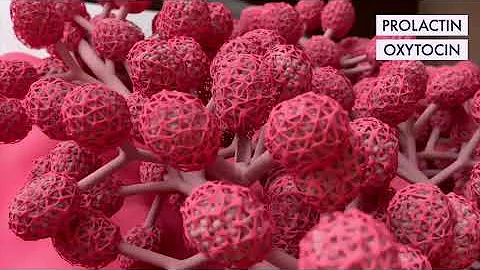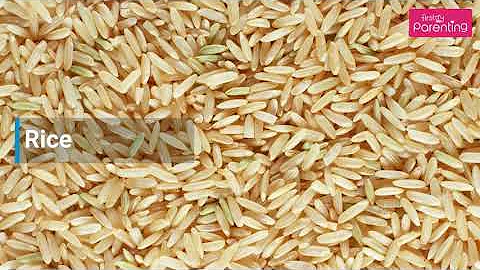Breast milk is the ideal food for babies under 6 months old and is unmatched by any dairy substitute. The nutritional content of breast milk also changes as the mother changes after delivery and during different stages of breastfeeding.
Breast milk can be divided into colostrum, transitional milk, mature milk and late milk according to stages.
Breast milk has many functions and characteristics. Breast milk contains three nutrients suitable for baby's growth and development: protein, fat and carbohydrates. In addition, breast milk also contains calcium, iron, zinc and other substances, as well as vitamins and other micronutrients . The proportion and content are appropriate and easy to digest and absorb.
Breast milk is a very complex substance with significant individual differences. The nutritional content of breast milk changes dynamically with the extension of the lactation period: the protein, , lactose, and mineral contents decrease with the extension of the lactation period, and the fat content increases with the extension of the lactation period. Breast milk density is relatively constant throughout lactation.

What are the changes in breast milk in different periods?
Breast milk is divided into colostrum, transitional milk and mature milk. Colostrum is the milk produced by the mother a few days after giving birth (usually within 5 days). During this period, the color of colostrum is yellow or orange, relatively viscous, and the average amount secreted each time is only 18.45 ml. Colostrum contains many immune substances, such as carotene , globulin and trace elements, as well as growth factor and taurine . It plays a very important role in the growth and development of newborns and in protecting babies from pathogenic bacteria. The sooner breast milk appears after delivery, the higher the antibody content.
Compared with colostrum, the fat and carbohydrate content in transitional milk (milk 6-14 days after delivery) increases, the fat content is high, and the protein, immune substances and minerals gradually decrease. At this stage, the mammary glands secrete more milk, on average about 500 ml per day. Mature milk refers to milk after 15 days. The color is lighter and the daily secretion volume can reach 700-1000ml.
During each breastfeeding period, it can also be divided into two parts: foremilk and hindmilk. When breastfeeding, the first milk the baby sucks out is clearer, which is called pre-milk. It is rich in protein, lactose, vitamins, inorganic salts and water, and has low fat content. What is sucked out later is white and thick, called hindmilk. It has low protein content and high fat content and provides more energy. The concentrations of milk protein and lactose remained basically unchanged before and after milk. Therefore, the baby should be sucked as long as possible when feeding so that the baby can get more nutrients and energy.





















